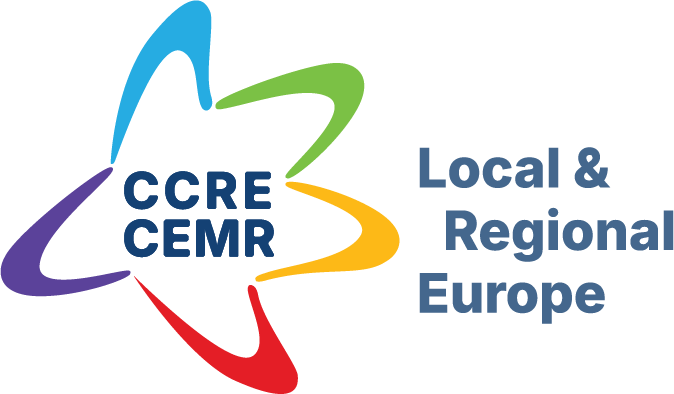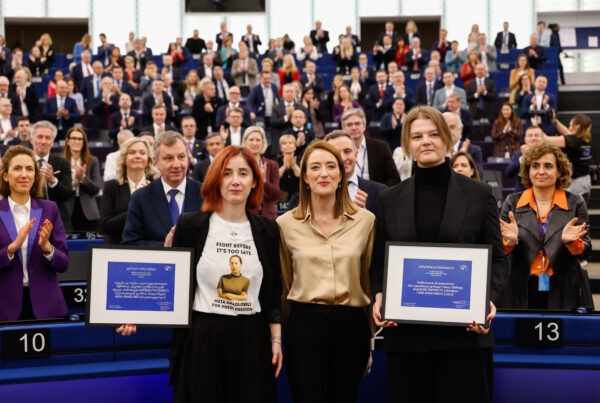How ITI and CLLD strengthen local democracy, multi-level governance, and place-based development in EU cohesion policy
The European Union’s Cohesion Policy is one of its most important instruments for promoting economic, social, and territorial cohesion across its member states. With nearly €392 billion allocated for 2021–2027, it tackles inequalities between regions while supporting a greener, more competitive, and more inclusive Europe. Central to this effort are Integrated Territorial Investments (ITI) and Community-Led Local Development (CLLD), two tools designed to put territorial needs and local actors at the heart of EU funding.
Why integrated tools matter
The foundations for a place-based approach were laid in the 2009 Barca Report, which argued that EU policy should focus on unlocking the potential of specific territories while addressing persistent exclusion. ITI and CLLD, introduced in 2014, operationalise this vision by giving local and regional governments a stronger role in programming, governance, and project implementation.
These tools provide flexibility, enable cooperation across levels of government, and ensure that EU funds target the real needs of communities. For municipalities, regions, and their associations, they are among the most valued features of cohesion policy.
ITI: Integrating strategies across territories
ITI allows funding from several EU programmes to be combined in support of integrated strategies. It has been especially used for urban development, where at least 8% of ERDF funding is earmarked for sustainable urban projects. While designed to cover any functional area, urban, rural, or mixed, ITI is most common in metropolitan settings, where challenges like mobility, housing, and regeneration demand integrated solutions.
CLLD: Communities leading the way
CLLD builds on the LEADER approach to rural development, empowering local action groups of citizens, NGOs, and businesses to design and implement strategies. While most common in rural areas, it has the potential to strengthen participation and ownership in cities, too. CLLD fosters trust, encourages bottom-up innovation, and helps address the needs of vulnerable groups such as youth, migrants, or elderly people.
What worked well
CEMR’s analysis highlights several clear benefits:
- Flexibility and relevance – ITI and CLLD adapt EU funding to local needs.
- Capacity-building – local authorities gain expertise in managing EU programmes.
- Stronger governance – fostering trust and cooperation between local, regional, and national levels.
- Visibility of EU action – projects close to citizens showcase the value of EU funds.
- Community cohesion – encouraging cooperation among local actors and building metropolitan or regional identity.
Persistent challenges
Despite their value, integrated tools face obstacles:
- Administrative burden remains high, with complex procedures and slow fund absorption.
- Limited flexibility – strategies must still align with national operational programmes, sometimes restricting genuine local priorities.
- Time pressures – integrated projects require trust and participation, often at odds with the EU’s strict N+3 spending rule.
- Uneven use of PO5 (“Europe closer to citizens”) – some member states underfund this priority despite its direct link to ITI and CLLD.
- Urban uptake of CLLD – adapting the rural-focused model to cities remains difficult.
CEMR recommendations
Looking ahead, municipalities and regions urge the EU to:
- Maintain and strengthen integrated tools in cohesion policy.
- Simplify procedures at both EU and national levels, avoiding “gold-plating.”
- Clarify guidance on multi-funding, project selection, and the use of PO5.
- Exempt ITI/CLLD projects from the N+3 rule to allow more time for participatory approaches.
- Reintegrate the EAFRD into the Common Provision Regulation to ease multi-fund projects.
- Ensure meaningful local involvement in programming, implementation, and evaluation.
Conclusion
ITI and CLLD have proven their worth as vehicles for place-based development, democratic participation, and closer cooperation between Europe and its citizens. While challenges remain, strengthening these tools is essential for making the EU’s cohesion policy more visible, more inclusive, and more responsive to local realities.
For more information, contact:

Advisor – Territorial Cohesion & Local Finances






